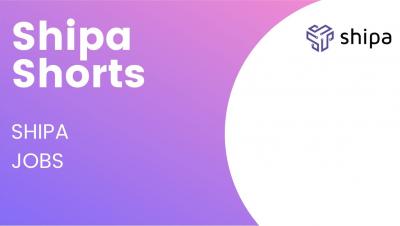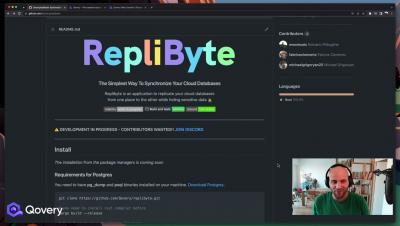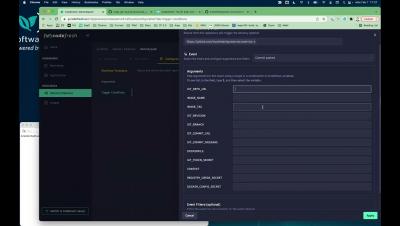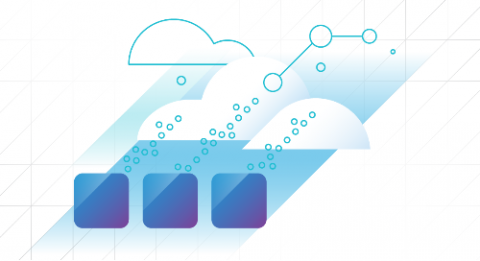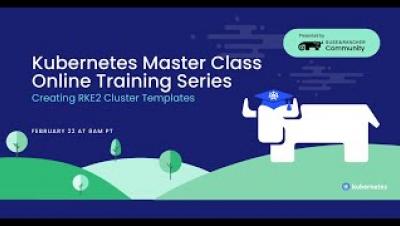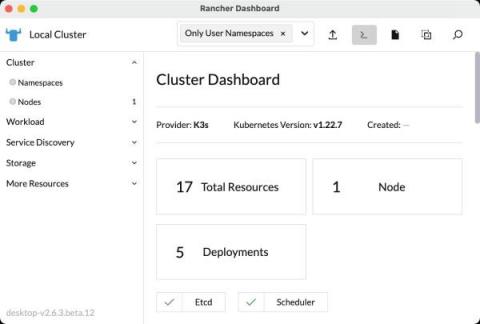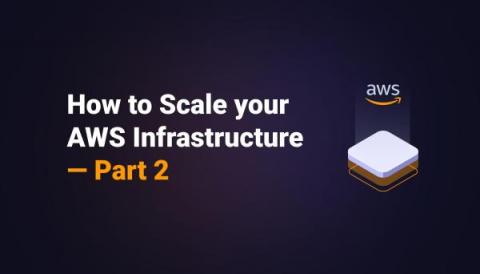Operations | Monitoring | ITSM | DevOps | Cloud
Containers
The latest News and Information on Containers, Kubernetes, Docker and related technologies.
What is RepliByte - Open-source cloud database synchronization tool
Codefresh Pipeline Wizard
Simplify, Secure, and Optimize your Multi-cloud Container Infrastructure with VMware Tanzu for Kubernetes Operations
Ning Ge and Keith Miracle co-wrote this post. Amidst many social and economic disruptions that have arisen in the last few years, enterprises have been forced to quicken the pace of their digital transformation initiatives, adding and consuming cloud-based capacity and capability just to stay competitive, relevant, and, for some, in business.
Kubernetes Master Class: Creating RKE2 Cluster Templates
What Are the Differences Between Elastic Beanstalk, EKS, ECS, EC2, Lambda, and Fargate?
Rancher Desktop Now Includes The Rancher Dashboard
With the 1.2.0 release of Rancher Desktop, there are two new features available as a Feature Preview. Rancher, the multi-cluster Kubernetes manager, includes a dashboard which enables you see and interact with resources in a Kubernetes cluster. Rancher Desktop now includes this dashboard. The dashboard will enable you to view and interact with resources in your local cluster provided by Rancher Desktop.
Don't Forget About Kubernetes Jobs - Shipa Jobs Support
When I was making my first switch from a product engineering team to being field facing software engineer, one of my first projects was an integration project for a federal agency. The very first piece of enterprise software minus my productivity and development suite I was exposed to was BMC’s Control-M about 15 years ago. A lot of batch files to extract and transform data had to be run in order and on a daily basis; Control-M at the time was a job runner.
How to Model Your Gitops Environments and Promote Releases between Them
Two of the most important questions that people ask themselves on day 2 after adopting GitOps are: In the previous article of the series, I focused on what NOT to do and explained why using Git branches for different environments is a bad idea. I also hinted that the “environment-per-folder” approach is a better idea. This article has proved hugely popular and several people wanted to see all the details about the suggested structure for environments when folders are used.


